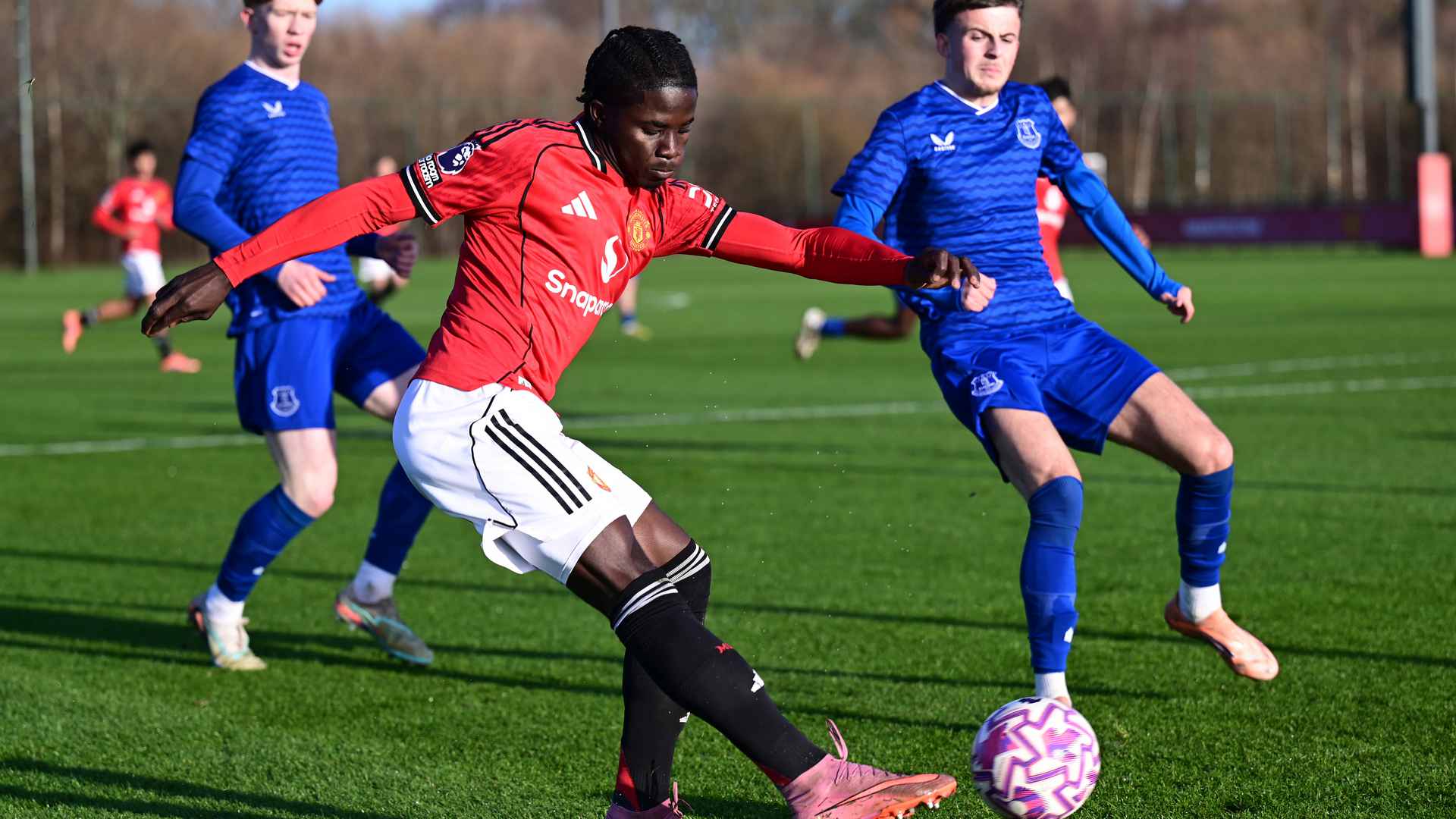Sports
Match report from Man Utd Under 18s v Everton 20 December 2025

SECOND HALF
Gabriel and Nathaniel-Junior Brown both had promising efforts on goal early in the second period, but it was Everton who made the first impact in this half, when Helafu was judged to have tripped Robert in the box, the latter stepping up and converting from the spot.
United cranked up the pressure from that point, playing the majority of the game in the visitors’ half and almost netting directly from the corner flag in quick succession, with Lukjanciks tipping both Gabriel’s and Bailey’s efforts out of play.
However, somewhat against the run of the match, the Toffees had an opportunity at the other end from a corner. Kean Wren delivered the ball which was cleared by the young Reds, but only as far as Matos, who dispatched a driven shot into the bottom-left, just beyond the grasp of Byrne-Hughes.
Fletcher’s side worked hard to try and salvage something from the game at this point, but the result was put beyond doubt when Loney netted Everton’s third in stoppage-time.










